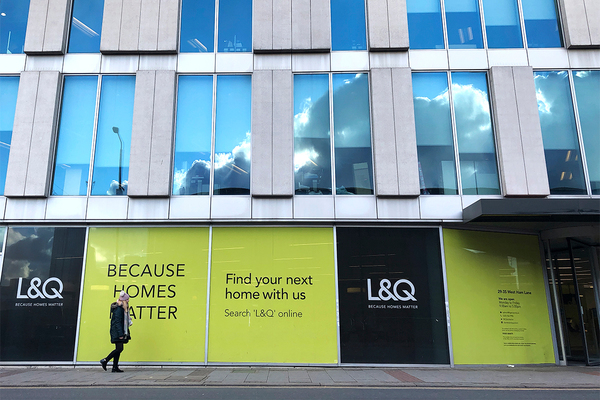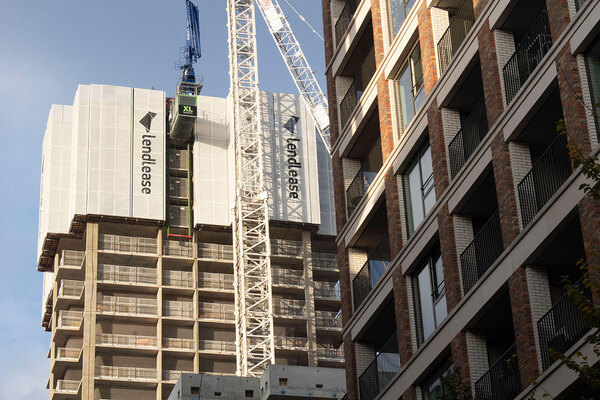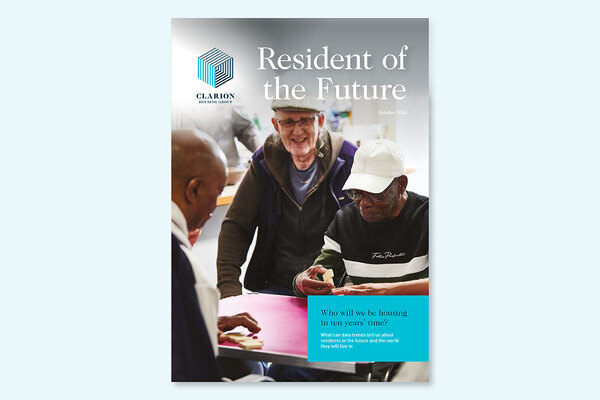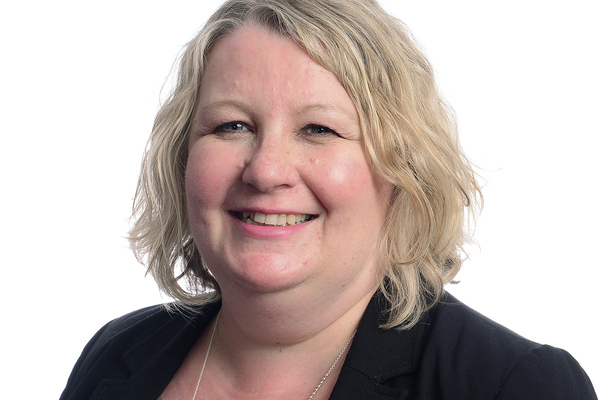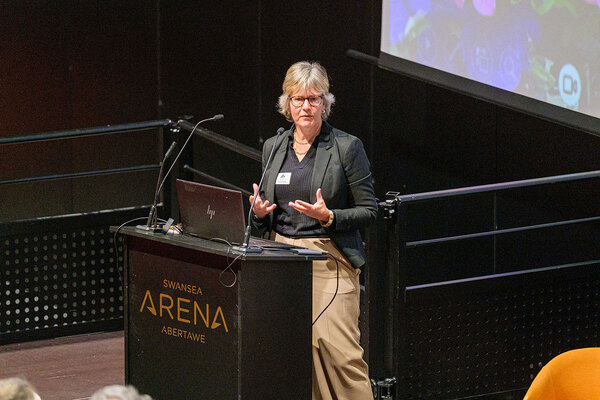You are viewing 1 of your 1 free articles
The cross-subsidy model may be broken but it’s far from dead
Amid the on-going political and economic uncertainty, planning for the future is harder than ever for the sector. Here, David Montague sheds light on how L&Q sees the current landscape, including the cross-subsidy model
A few weeks ago, L&Q made the headlines with its announcement that we were pausing our development programme.
Our intention was to inform L&Q staff first, and then our investors and partners as part of our next quarterly trading statement. That went well.
We knew there was a risk that the news would be leaked but if the alternative was to keep L&Q staff in the dark, it was a risk worth taking.
So the news is out. What does it mean for L&Q, the sector and housing?
Like every housing association that is a developer, L&Q is facing a double whammy. With rising fire safety costs and lower sales revenues, margins are squeezed, capacity to invest in new homes is down and no one can predict when normal service will be resumed.
For planning purposes we are assuming that current political and economic uncertainty will last for the next 18 months.
We hope we are wrong, but for now we have to take a prudent approach, prioritising safety and quality for today’s residents, managing development and sales risk as well as creating financial headroom for the unexpected. Right now it is difficult to plan in any other way. But two things could help.
First, a bit of clarity on future fire safety requirements. For now we are just getting on with it, but the G15 estimates our combined fire safety bill could total almost £7bn. And that’s for just 15 (or however many there are of us) housing associations. Extrapolate that across the whole sector, the whole country, the whole built environment and you get a pretty big number.
So future guidance needs to focus first on higher-risk buildings, while putting in place mitigating measures for all of our homes.
With the best will and the most skilled people, it will take time to upgrade our stock to new standards – it will also take a lot of money.
If the sector is expected to find this money, this could have a profound impact on capacity to build new homes. Even the financially strongest of housing associations have finite resources which can only be spent once.
Second, the horizons of politics and housing are way out of kilter and need to be realigned. Housing is a long-term business. When we make investment decisions, they are typically supported by 30-year financial appraisals which we share with investors to secure their confidence and funding.
In arriving at their decisions, investors will ask ‘what about’ and ‘what if’ questions. What about Brexit? What about government support for social rent, share ownership, housing associations? What about fire safety? What about the green paper? What if things change? What if they get worse before they get better?
Presently, it is difficult to see beyond the end of the day, let alone the next 30 years.
The fundamentals are there, we have made real progress in developing a shared vision for the future. In London, with Homes England we have developed a strategic partnership approach – it’s longer term, more flexible and more about making decisions together. But we now need to take the next brave step forward.
In the next evolution of this model we need to think far longer term, be far more ambitious and far more open about how we will deal with the inevitable ups and downs in the market.
Some commentators have announced the death of the cross-subsidy model. But it isn’t dead. Bust, or broken maybe, but is the homeownership dream over?
Are the major house builders, politicians and civil servants planning for a future without homeownership? Of course not.
Even in these uncertain times people are still buying, we are still making a profit from our sales activities and our waiting list for shared ownership has never been longer.
But in an uncertain marketplace we have to manage our sales exposure carefully. That means less cross subsidy and, if we are going to maintain and increase supply, more government grant in absolute and percentage terms. More grant and higher grant rates.
“Even in these uncertain times people are still buying, we are still making a profit from our sales activities and our waiting list for shared ownership has never been longer”
In the longer term, hopefully sooner, buyer confidence will improve, sales profits will rise and government funding can reduce. If things turn out better than planned, the benefit can be reinvested in more homes. If they turn out worse, a pre-agreed risk-sharing formula can be applied.
If we are serious about fixing the housing crisis we have to change our approach. Now is not the time to lose our ambition.
But to take our finger off the pause button we need long-term, open book strategic partnerships between government, local authorities, house builders, small and medium-sized enterprises, investors and anyone else that is serious about delivering a step change in safety, quality and supply.
David Montague, chief executive, L&Q
Inside Housing Development Summit
New for 2019, Inside Housing is bringing together a carefully curated group of 150 key partners to agree how to support housing development. This is not a conference. It is a business meeting of decision-makers.
Gathering together local authorities, housing associations, developers, funders and advisers, this Chatham House event is focused on making connections, finding solutions and doing business.
Places for each stakeholder group are limited to ensure a balanced mix of participants, and to ensure you leave with the relationships and leads you need.
The event takes place on 11 and 12 November at Woodlands Event Centre, Bedfordshire.
Click here to register your interest
Seize the opportunity to:
- Pitch investment opportunities in your area
- Go on an exclusive guided development site study tour
- Access key experts and their network
- Attend interactive round table discussions with colleagues from across the development ecosystem
- Connect with potential housing delivery partners
Key topics include:
- Land
- Funding
- Skills
- Working with SMEs
- Partnerships

